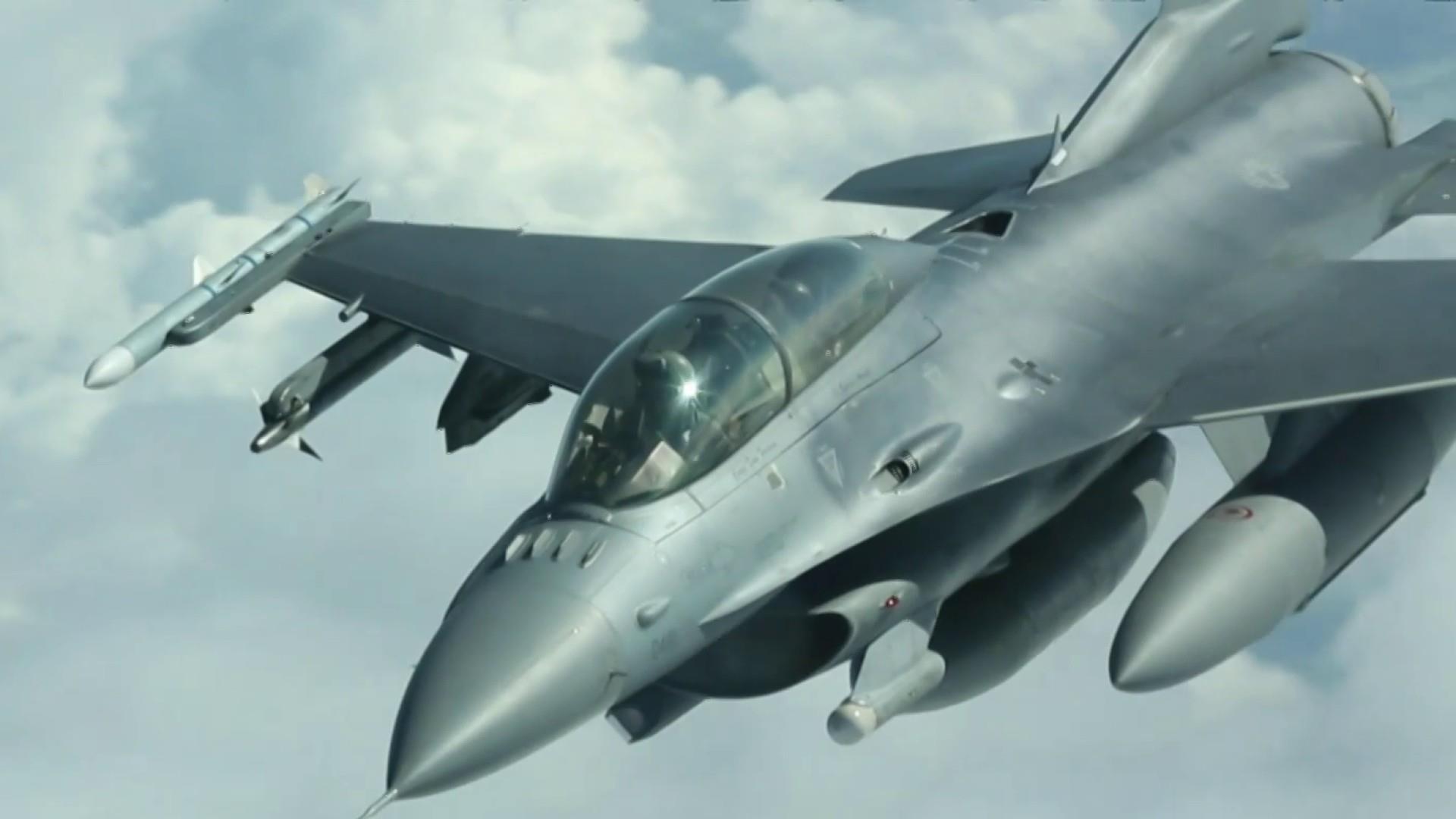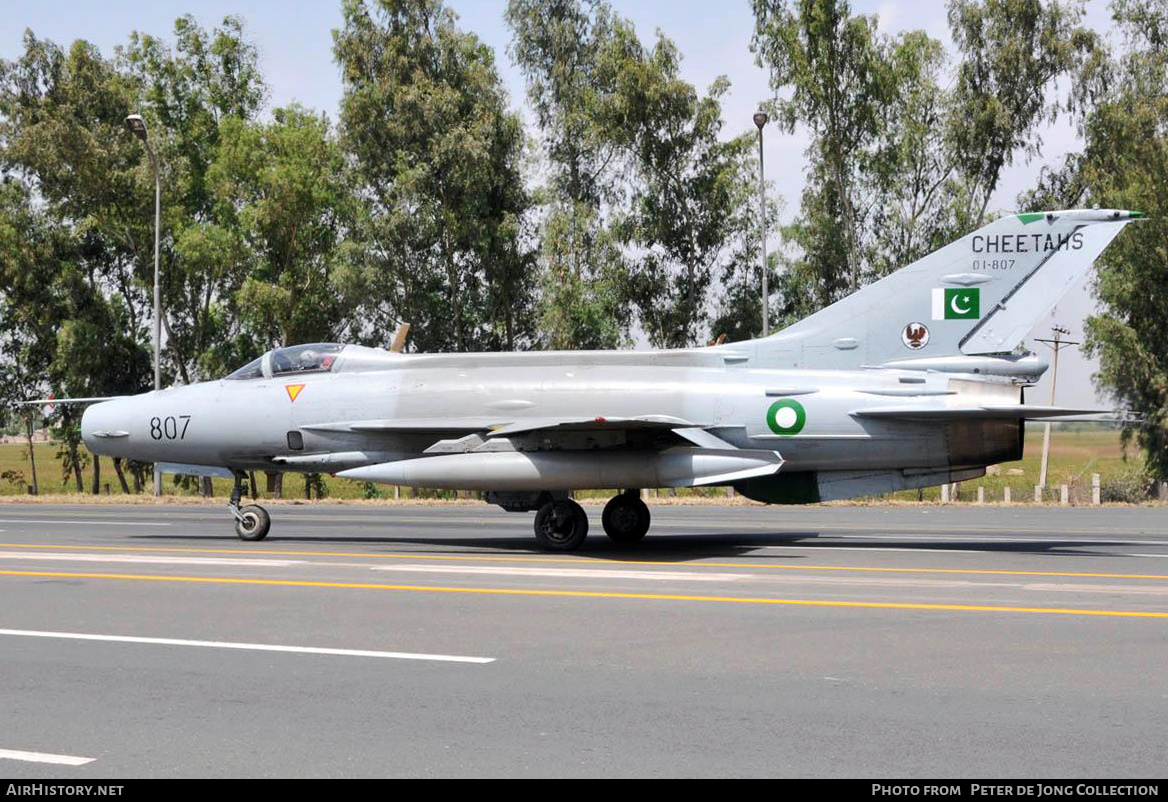F 7 Fighter Jet - Iran's diverse aircraft fleet includes a variety of older aircraft, including American F-14 Tomcats, McDonell Douglas F-4 Phantom IIs (apparently fighting in Syria), and Northrop F-5 light attack aircraft.
The F-7 (or sometimes called the J-7 because of its Chinese ancestry) is an odd duck. The F-7 is a copy of the J-7, a copy of the MiG-21. This video of an Albanian F-7 or J-7 shows the exhausts of Soviet and vintage aircraft.
F 7 Fighter Jet

MiG-21 was designed in 1953. Suitable during the Korean War, the aircraft became obsolete by the late 1950s due to rapid changes in aircraft technology related to speed, endurance, and high ceilings. The MiG-21 is expected to give the Soviet Union a fair chance to keep up with, or even surpass, its American counterparts.
Iran Military Jet Crashes In Isfahan Province
Despite the Sino-Soviet split, China was able to reverse engineer the MiG-21 and gather enough blueprints and aircraft to build the J-7. It was in production until 2013.
These days, the F-7 was transferred to a trainer for Iranian pilots. In 2018, an Iranian F-7 trainer plane crashed "near Hassanabad, Jarkawieh Olya district, Isfahan province," causing a bit of a stir in the newspapers.
Chinese state media quoted an Iranian Air Force public relations official as saying the crash was due to a "technical failure."
Although the cause of the crash is unknown, several factors have been attributed to the Iranian plane. Although domestic production has tried to fill this gap, spare parts are hard to find, but Iran's actual manufacturing capacity, especially the ability to produce high-end tank and aircraft parts, is severely insufficient, or to modify , repainting and upgrading old technology from other countries is not. .
File:f 7 Fighter Jet, China (9871257406).jpg
Compounding the problem is the extremely high flight time Iran's planes have, given their age: some planes may date from the late 1960s or even earlier. Even with upgrades and reinforcements, especially the wings, there are plenty of flying hours. Falling into the sand is proof of this.
Perhaps one of the few roles that the F-7 platform can fill is as a test (albeit hopeless) platform for other technologies for these bombs and missiles.
Just last year, the Iranian Air Force "unveiled" a new series of missiles (precision munitions) called Yasin, Balaban and a new weapon called Qaem. Although Iran's state media speculated that it was new, "Yasin was already tested and launched by Iran's F7 fighter jets during military exercises in 2017." Not exactly a revelation.

Iran's J/F-7 fleet has neither combat history nor charm. However, the J/F-7 is unlikely to disappear anytime soon due to Iran's protest economy.
Times Cheaper Than F 35, Russia's New Fighter Aircraft 'checkmate' Promises To Outdo American Stealth Jet
Caleb Larson is an advocacy writer for The National Interest. He has a master's degree in public policy and covers US and Russian security, European defense affairs, and German politics and culture.) It's a Chinese fighter jet. It is a license-built version of the Soviet Union's Mikoyan-Gurevich MiG-21 and shares many similarities with the MiG-21.
The aircraft is armed with short-range infrared-guided air-to-air missiles and is primarily designed for short-range air-to-air combat. The planes are also used for close air support.
On March 30, 1962, the Soviet Union and China signed a technology transfer agreement related to the MiG-21. Although various kits, parts, finished aircraft and related documents were delivered to the Xiang Aircraft Factory, Chinese designers attempted to change the aircraft due to incomplete design documents. Although the two aircraft are very similar, the differences are in the hydraulic system and internal fuel arrangement. According to reports, in March 1964, domestic production of the J-7 began at the Xiang Aircraft Factory, but due to various factors such as the Cultural Revolution, mass production was only achieved in the 1980s. Numerous developments were made. J-7 prototypes, with improvements to weaponry, avionics, and wing design.
The aircraft is mainly operated by the People's Liberation Army Air Force (PLAAF), but many international operators have purchased their own J-7s. Outside of China, the largest operator of the J-7 is the Pakistan Air Force. Later, aircraft such as China's Shyang J-8 fighter were developed using lessons learned from the J-7 program. Several nations, including Zimbabwe, Tanzania, and Sri Lanka, have used these types of weapons in offensive roles.
File:bangladesh Air Force F 7 Air Guard Lining Up For Take Off (8093845803).jpg
Production of the J-7 ceased in 2013 after the delivery of 16 F-7BGIs to the Bangladesh Air Force. New combat aircraft, such as the JF-17 Thunder multi-role fighter, are proving successful in the export market. To this day, large numbers of J-7s continue to serve the PLAAF and many export customers.
During the 1950s and early 1960s, the Soviet Union shared a large proportion of its conventional weapons technology with neighboring China. An example is the MiG-19, which was manufactured in China in 1958 as the Shyang J-6.
During the same decade, the Soviets developed the more capable MiG-21; This fighter was cheap but fast, so it suited the strategy of forming large groups of "people's fighters" to overcome the technological superiority of Western aircraft. However, early Sino-Soviet cooperation efforts suddenly split; Between July 28 and September 1, 1960, the J-7 project was halted in China when the Soviet Union withdrew its advisers from China.

In February 1962, Soviet Premier Nikita Khrushchev wrote to Mao Zedong out of the blue, stating that the Soviet Union was ready to transfer MiG-21 technology to China, and requested that a Chinese delegation be sent to the Soviet Union from immediately to discuss trading. The Chinese saw the offer as a sign of peace from the Soviet Union, but were eager to accept the Soviet offer for aircraft trade, although they were suspicious. A delegation was immediately sent to Moscow, headed by Jeral Liu Yalow, the commander-in-chief of the People's Liberation Army Air Force (PLAAF), himself a graduate of the Soviet Military Academy; The Chinese delegation was given three days to tour the MiG-21 production facility, which was previously off-limits to foreigners.
Nigeria's Mig 21 Fighter Jet Force Is Up For Sale
The visit was personally authorized by Nikita Khrushchev and a technology transfer agreement was signed on March 30, 1962.
However, given the state of political relations between the two countries, the Chinese were not optimistic about acquiring the technology, saying they had made preparations to turn the plane around.
According to Russian sources, several complete MiG-21s were flown by Soviet pilots and shipped to China, while the MiG-21Fs were in kit form with parts and technical documentation. As the Chinese had predicted, five months after the signing of the agreement, after the kits, parts and documents were delivered to the Xiang Aircraft Factory, some of the Soviet-supplied technical documents were found to be missing and several parts were unusable.
China will produce planes for local production; In doing so, they successfully solved 249 key problems and copied eight important technical documents that were not sent by the Soviet Union. One of the main deficiencies was related to the hydraulic system, which caused up to 70% of the aircraft of some squadrons to land until the update. Another major change was increased fuel storage and aircraft stability. Because the MiG-21 carries most of its fuel in its fuselage, the gravity rotor drifts and becomes unstable after 45 minutes of operation. The J-7 has a redesigned fuel tank and a significantly larger drop tank for increased drag stability and thus better longitudinal static stability. The cockpit was also redesigned to replace the Soviet launch seat, which was found to be unacceptable. The front canopy was replaced with a conventional hinged rear canopy, which was removed before the chase. The Chinese-made J-7 differed little in design and performance from the original MiG-21, so the redesign was a great success.
Pilots Killed In Central Iran After Chinese Made F 7 Crashes During Training
According to reports, in March 1964, domestic production of the J-7 began at Xiang Aircraft Factory. However, mass production efforts were greatly hampered by a sudden social and economic problem, the Cultural Revolution, resulting in poor initial quality and slow progress. To achieve full domestic production, it was necessary to produce not only the local assembly, but also its various components and systems, including the turbojet power plant.
As a result, full-scale production of the J-7 was only possible in the 1980s, by which time the original aircraft design was showing its age. By the 1980s, quantity production of the General Dynamics F-16 Fighting Falcon fighter was underway in the United States; This relatively affordable western fighter was much faster than the J-7 and the former had a heavier payload.
In 1987, the J-7E received a much improved wing, among other improvements. It was approximately 45% more maneuverable and had significantly greater takeoff and landing capabilities. It was also equipped with a helmet-mounted sight and was the first MiG-21.

Second degree assault washington state, 2nd degree assault sentence, 2nd degree aggravated assault, 2nd degree assault mn, 2nd degree assault, 2nd degree assault definition, 3rd degree assault washington state, 4th degree assault washington state, 2nd degree felony assault, 4th degree assault washington, what is assault 2nd degree, 2nd degree assault charges
0 Comments